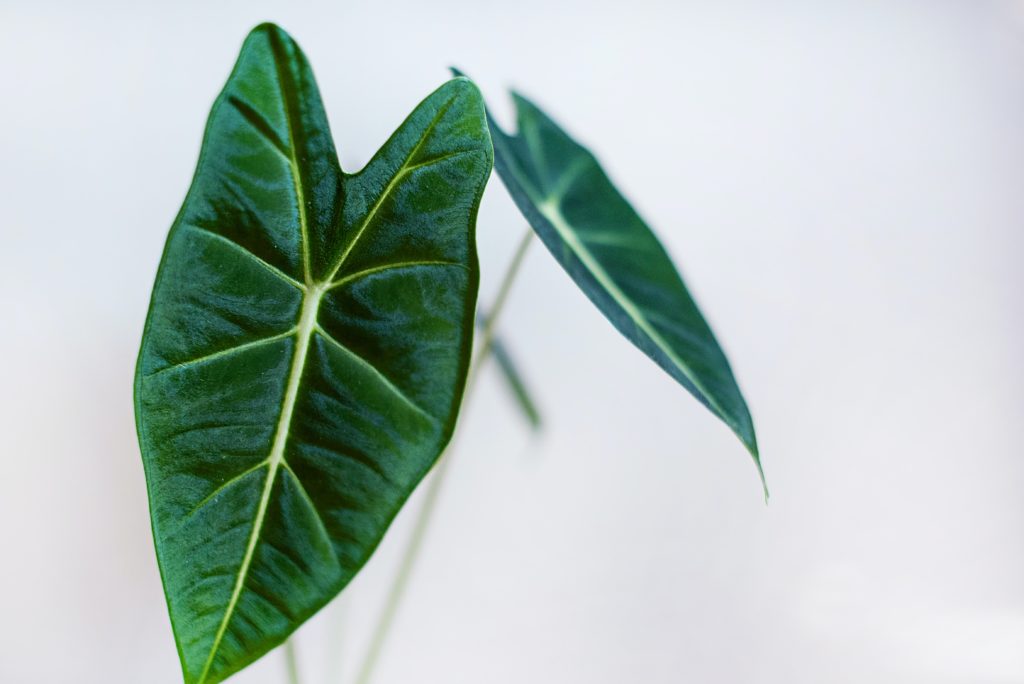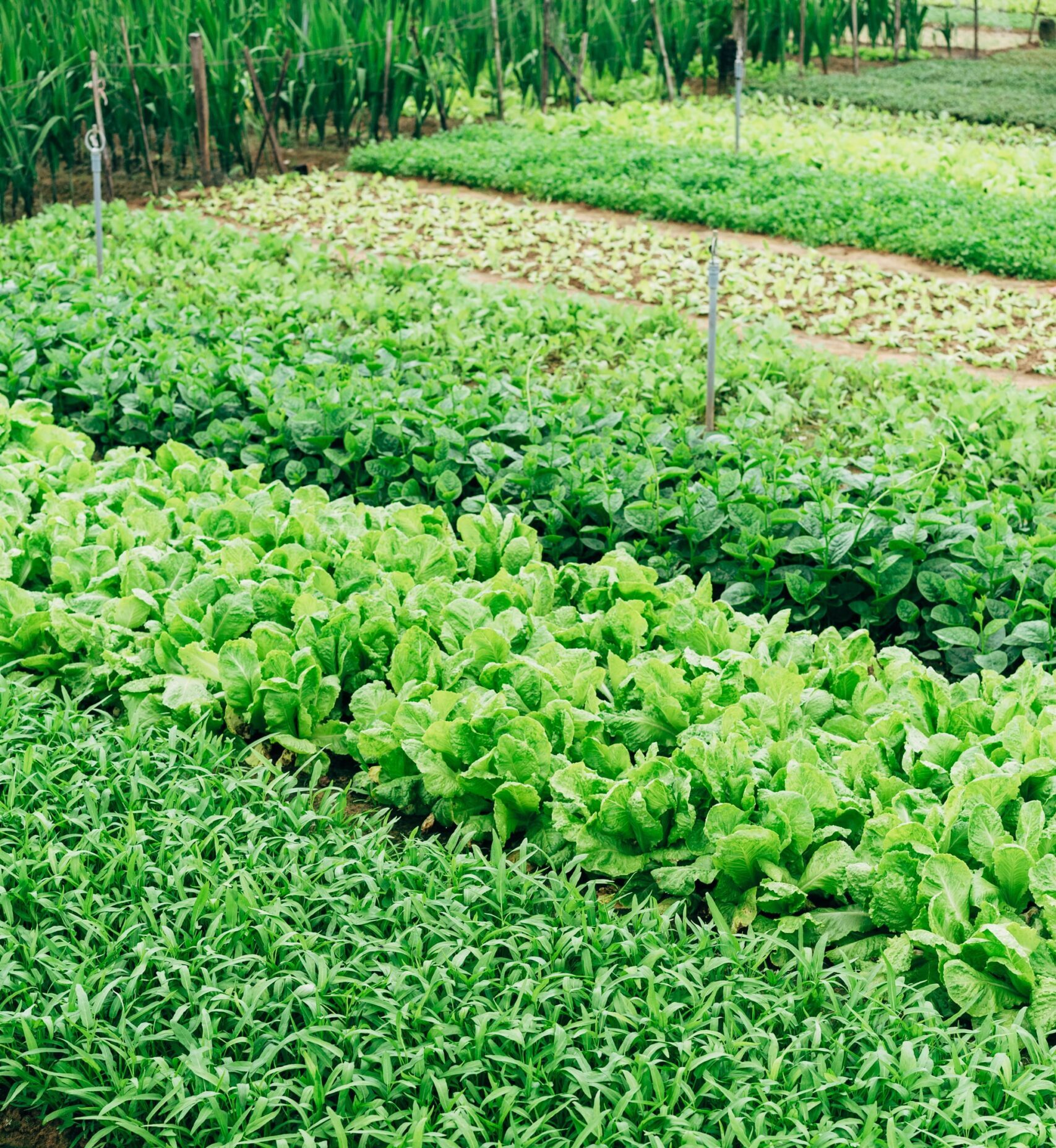 Over the last few years, we’ve seen a lot of progress in renewable energy sources. Most of these technological innovations are designed to power electric appliances or connect to a local power grid. However, 940 million people in the world do not have access to electricity. And although electricity is entering new homes every day, many people still won’t be able to afford electric cars and appliances until the prices of these commodities become more accessible. Gas and fuel-operated vehicles, large machinery, stoves, and other such items will still be around for a long time.
Over the last few years, we’ve seen a lot of progress in renewable energy sources. Most of these technological innovations are designed to power electric appliances or connect to a local power grid. However, 940 million people in the world do not have access to electricity. And although electricity is entering new homes every day, many people still won’t be able to afford electric cars and appliances until the prices of these commodities become more accessible. Gas and fuel-operated vehicles, large machinery, stoves, and other such items will still be around for a long time.
Truly environmentally-friendly and clean fuel is challenging to come by as most fuel is created through crude materials. Furthermore, most attempts at making clean fuel end with a lot of byproducts, which can sometimes cancel out the ‘cleanliness.’ A research team from the University of Cambridge decided to tackle this problem. By studying how plants create their energy through photosynthesis, the team was able to mimic this process and create an artificial leaf that uses water and carbon dioxide to produce fuel with minimal byproducts.
The team designed a photocatalytic cell that doesn’t require any wires or electricity to be powered. The essence of a photocatalyst is that it absorbs light to start a reaction—in this case, a reaction that creates fuel. The cell is placed in water and then exposed to carbon dioxide, a readily available gas; the reaction then takes place inside the cell, and formic acid is created. Formic acid can be used as a fuel source on its own. When put into a fuel cell, the chemical splits back into carbon dioxide and water, meaning the byproducts of powering a vehicle or other machinery would also be cleaner. However, formic acid can be taken a step further and converted to hydrogen fuel, which is more well known.
In Switzerland, scientists have already developed a fuel cell that converts formic acid into hydrogen fuel, making the pair an ideal alternative to clean energy. The artificial leaf cell itself creates no carbon emissions when creating the fuel. In fact, it removes carbon from the atmosphere and repurposes it. If taken a step further, when hydrogen is used as a fuel surface, the only byproduct is water. However, even with formic acid giving off carbon dioxide as a byproduct when used for energy, this carbon dioxide is then used by the ‘artificial leaf’ developed by the scientists from the University of Cambridge to create more fuel.
When dreaming of a better planet for the people, we have to think of all the people. There are so many different situations, climates, political and environmental environments that the people of this world are exposed to. It is not enough to develop products that only benefit and give ‘clean’ variations of technologies available today that only target the 1% of the world. Often, people who cannot afford or do not have access to the cleaner technologies are affected the worst by climate change that is spurred on by the richest on the planet. The team from the University of Cambridge targets this issue in creating a technology that is needed to be affordable and accessible now.
Also by Iga: Zero-Emission Trains Are Coming To California. Could This Replace Domestic Flights?
Get more like this—Sign up for our daily inspirational newsletter for exclusive content!
___
Photo: Jennifer Burk on Unsplash




